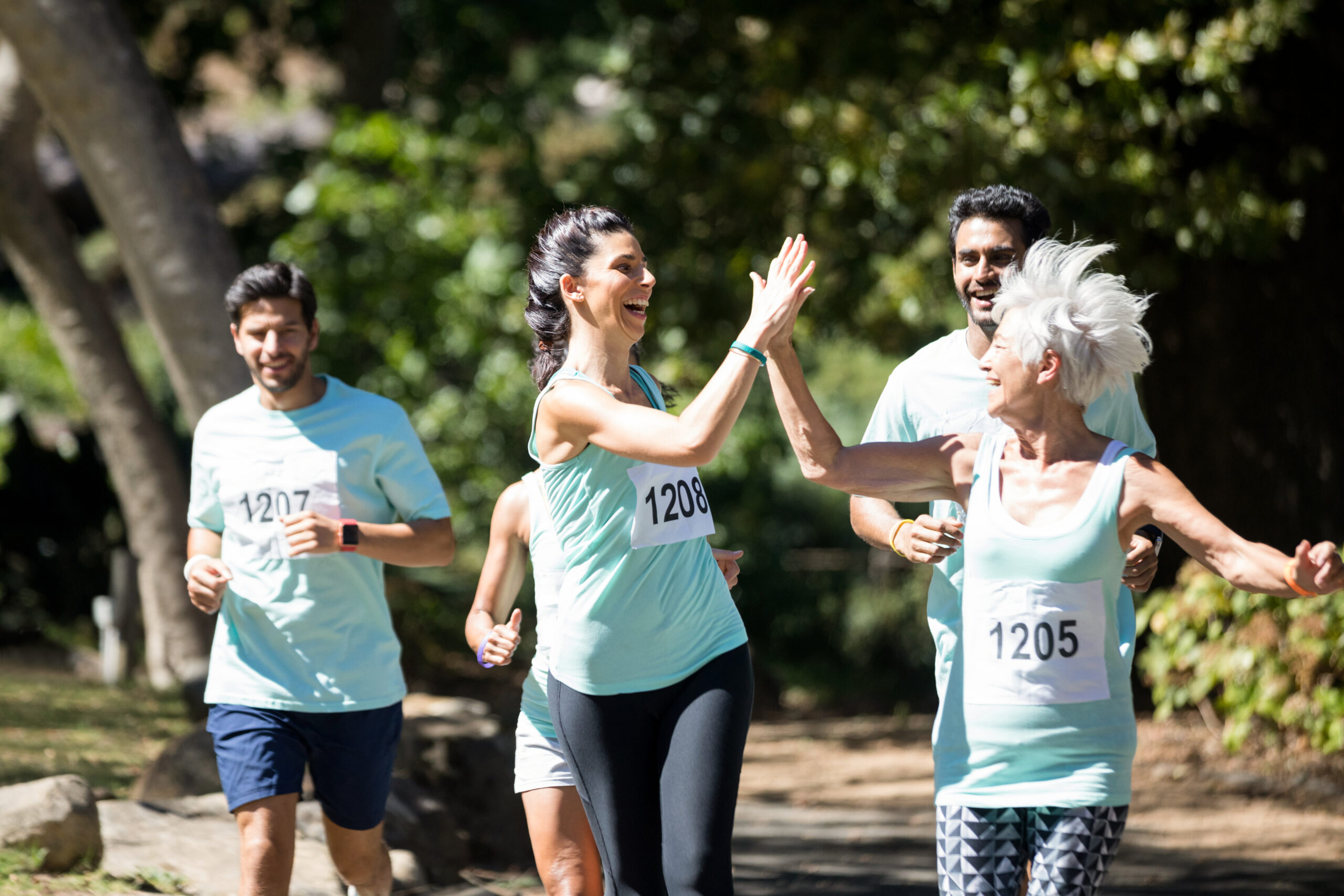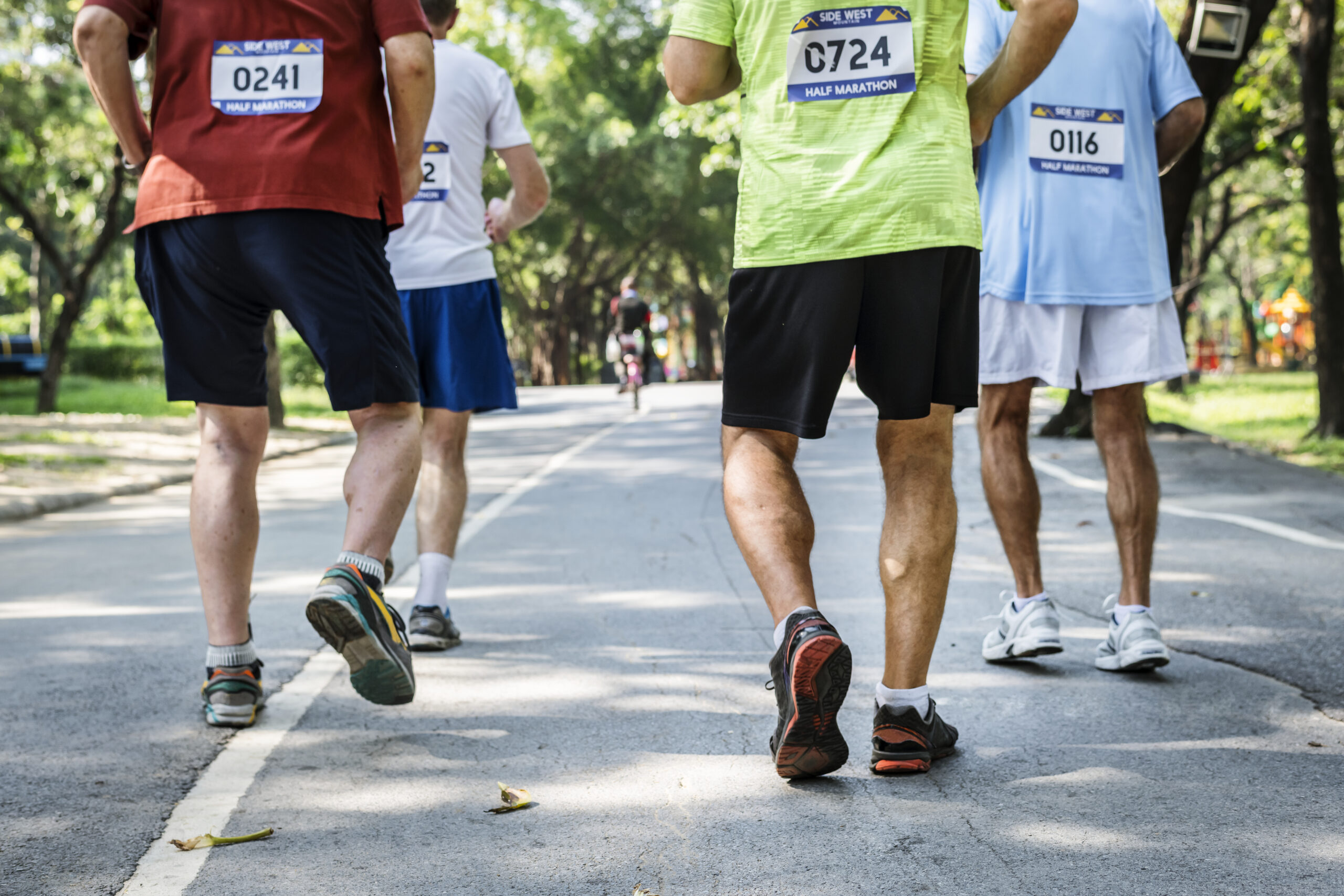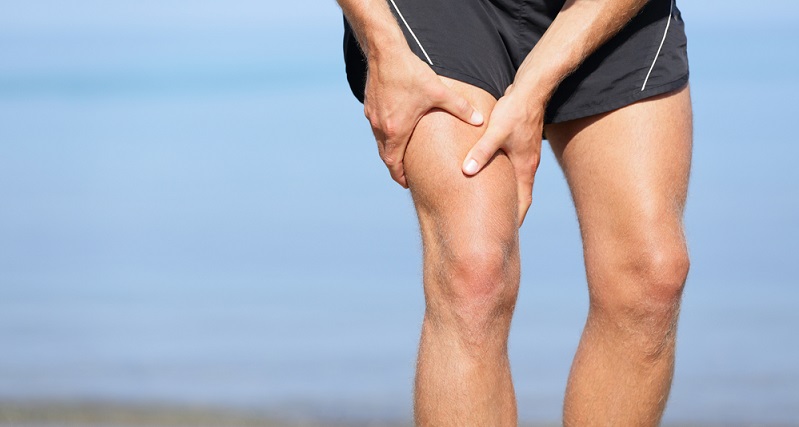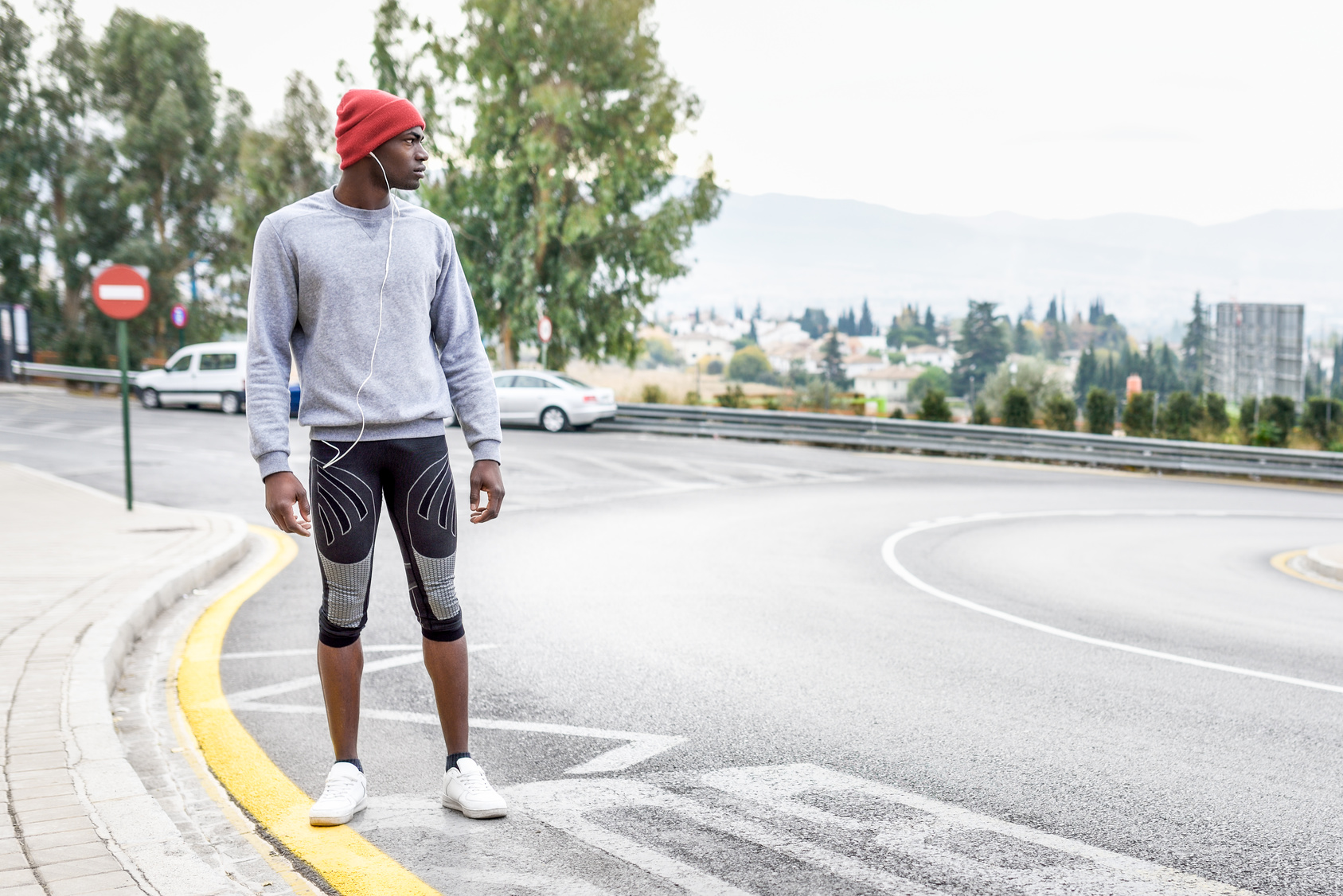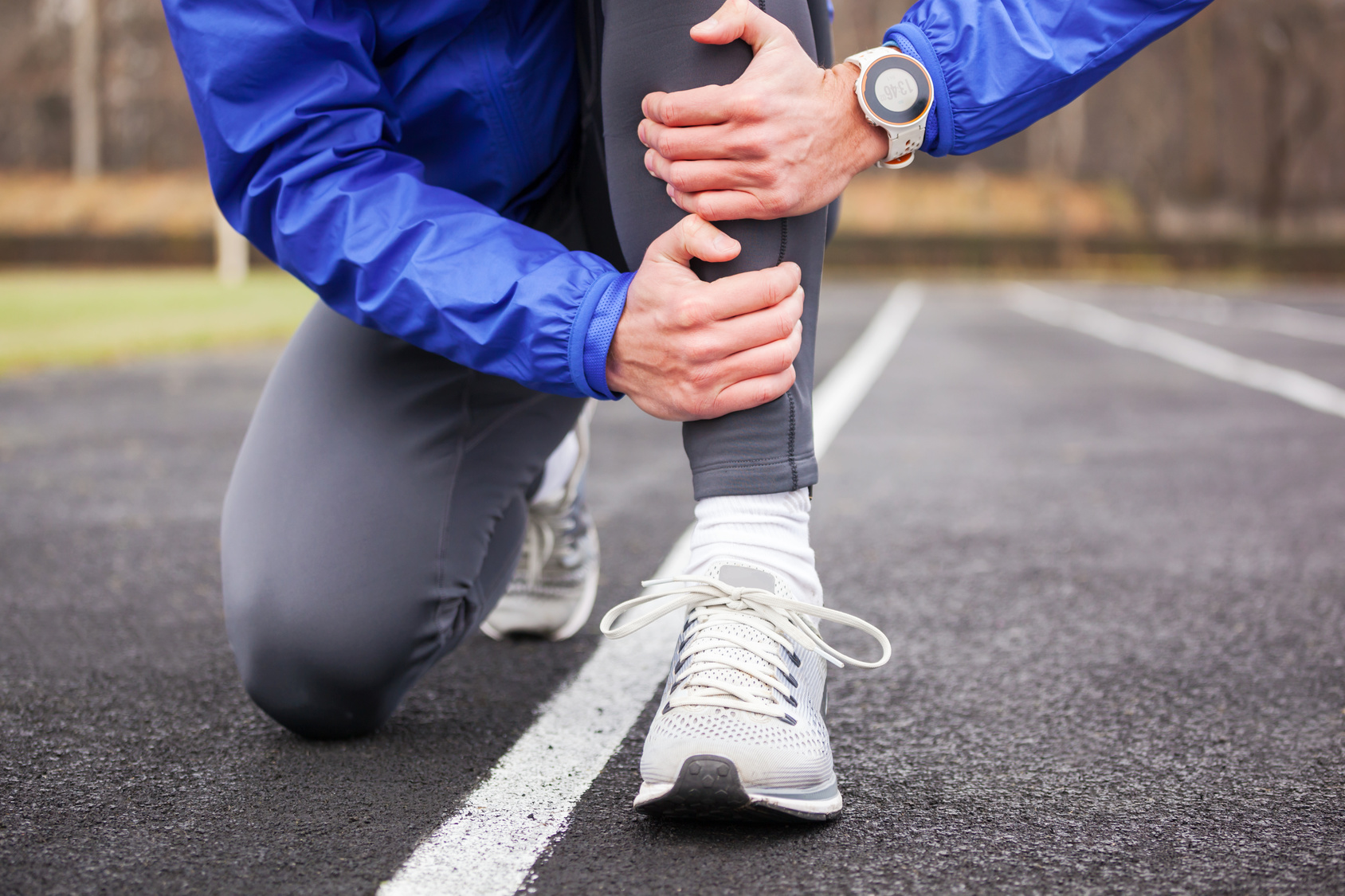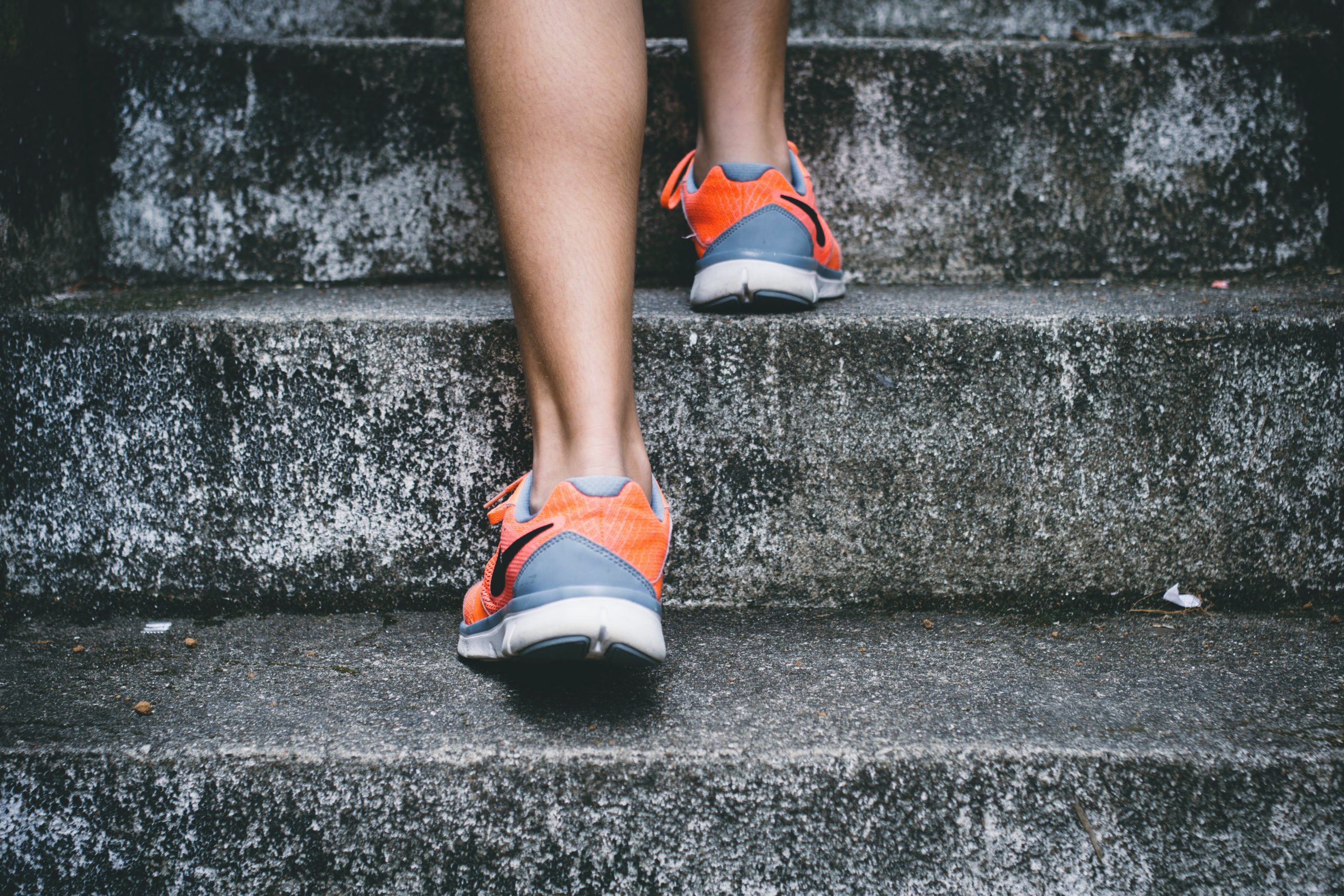If you’re thinking about joining a fun run, you’re in for an awesome experience!
Fun runs are the perfect mix of activity, outdoor fun, and laughter with friends or family
The best part?
They’re laid-back, and unlike serious races, they focus on having a good time rather than breaking personal records.
Whether you’ve never done a fun run before or you’re considering signing up for your first, you probably have a few questions about what to expect.
No stress—I’ve got all the insider tips you need.
In this guide, I’ll walk you through everything you need to know, from how to prepare, what to wear, and what the event is like.
Ready? Let’s lace up and dive in!
What is A Fun Run?
A fun run is just that—running purely for the joy of it!
Unlike traditional races that focus on competition and finishing times, a fun run is all about enjoying yourself and the event’s atmosphere.
These events often feature a theme, such as a color run where participants are doused in colorful powder, or a mud run that includes obstacles and lots of dirt.
The idea is to create a lighthearted, party-like atmosphere where people of all fitness levels can participate.
There’s usually music, dancing, costumes, and plenty of opportunities to take pictures along the way. It’s common for people to walk, jog, or mix running and walking during these events.
The first time I joined a fun was a color-themed 5K with some friends. I had no idea what to expect, and honestly, I wasn’t even a big runner at the time. But once I arrived at the event, I realized it wasn’t about speed or distance; it was about having a blast.
People were dressed in crazy costumes, the music was pumping, and the atmosphere was so lighthearted.
By the end, I was covered in colored powder and laughing harder than I had in ages. That’s when I realized fun runs are more of a party than a race—and I was all in.
How Long is a Fun Run?
Most fun runs are short and sweet, so everyone can join in, no matter their fitness level.
The most common distance is a 5K, which is 3.1 miles. If you’re new to running, don’t worry—this distance is perfect for beginners. You can walk, jog, or run at your own pace, and there’s no pressure to finish within a certain time.
Some events may offer shorter distances for kids or families, while others might have longer options like a 10K. It’s always a good idea to check with the event organizers to find out the exact distance and what’s available. But whether it’s 3 miles or 6, the goal is always the same: to have fun!
Are You Fit Enough for a Fun Run?
One of the best things about fun runs is that anyone can do them. No elite running experience? No problem. Fun runs are for everyone. Fun runs are designed to be inclusive, so you can go at your own pace, whether that means walking, jogging, or a mix of both.
So, if you’re worried about being fit enough, don’t be. The point is to show up, enjoy yourself, and cross the finish line with a smile—no matter how long it takes you to get there.
Explore Types of Fun Runs: Find the Perfect Event for You
Fun runs come in all shapes and sizes, and they’re each designed to bring a different experience to the starting line. Let me share with you some of the most popular ones:
- Color Runs. Color runs are perfect if you want to celebrate running in a burst of color! At each kilometer mark, runners are doused in vibrant colored powders. The atmosphere is festive and relaxed, making it great for families, beginners, or groups of friends just looking for a good time without worrying about pace or finishing times.
- Themed Costume Runs. Costume runs let you turn running into a celebration of creativity. These events are often seasonal, with Halloween and holiday-themed runs being especially popular. Imagine running in your favorite superhero cape, or as a group of Christmas elves! It’s ideal for folks who love dressing up and are looking for a festive atmosphere.
- Obstacle Course Runs. For anyone looking to mix endurance with adventure, obstacle course runs—like Tough Mudder or Spartan Race—are a thrilling option. These events combine running with physical challenges such as mud pits, climbing walls, and monkey bars.
- Charity Runs. From raising funds for medical research to supporting local animal shelters, charity runs bring people together for a shared purpose. Running for a cause can be incredibly motivating and meaningful, making these runs popular with runners of all experience levels who want to make a positive impact while staying active.
How to Prepare for a Fun Run
While fun runs are all about the good times, a little prep can make your first one even better. Here are a few tips to help you get ready:
Have a Training Plan
No need for marathon-level training, but getting moving beforehand can really enhance your experience
If you haven’t run before or it’s been a while, try going for short runs or walks a few times a week. A simple plan of running or walking for 20-30 minutes, three times a week, can go a long way in helping you feel more confident on race day.
What To Wear
For most races, wearing technical running gear is ideal, but fun runs are different! Pick clothes you can get really messy in, especially for color runs where you’ll end up a rainbow!
If you’re going all-in on the fun, consider wearing a costume or dressing in bright, festive colors. Don’t forget a pair of sunglasses to protect your eyes, and maybe even a bandana to keep powder or dust out of your mouth.
The first time I did a color run, I made the rookie mistake of wearing my favorite workout clothes—bad idea! By the end, I was covered in color, and my clothes were never quite the same.
Now, I have a dedicated “fun run” outfit—an old white shirt that looks more colorful after every event. I also throw on a cheap pair of sunglasses and bandana to protect my eyes and mouth from the powder. Lesson learned!
Your Running Shoes
Your shoes might get ruined, especially if it’s a messy event like a color or mud run.
During my first fun run, I wore my good running shoes, and they were never the same after! Now, I’ve learned to keep an old pair of shoes just for these events. Trust me, they get so covered in color that you’ll want to toss them afterward, or at least save them for future fun runs
I recommend wearing an older pair of running shoes that you no longer use for regular training. Alternatively, you can buy an inexpensive pair specifically for the event.
Either way, don’t expect them to be in great condition afterward!
The Run Itself
On the day of the fun run, relax and have fun! Unlike traditional races, there’s no need to stress about getting a good starting position or setting a personal best. Just show up with a smile, ready to enjoy the event.
The Post Fun Run Party
The best part of the fun run, by far, was the party at the finish line. After crossing, I thought it was over—but nope, the celebration had just begun. There was music, dancing, and color throws in every direction.
I hung around with my friends, taking in the vibrant energy and feeling like a kid again. It’s hard to describe the sense of community at that moment—everyone was having a blast, united in nothing but joy. It was the perfect way to wrap up an already amazing event.
Final Thoughts: Keep It Light and Enjoy the Experience
Fun runs are a great way to enjoy running in a low-pressure, high-fun environment. Whether you’re participating to get active, raise money for charity, or just enjoy a new experience with friends, remember the goal is to have fun.
Don’t take it too seriously, and don’t worry about your time or how fast others are going. Embrace the experience, take lots of pictures, and savor the memories.
Good luck with your first fun run! I’m sure you’ll have a blast.
Feel free to drop any comments or questions below. Thanks for reading, and as always, keep running strong!


